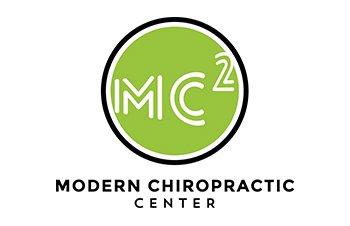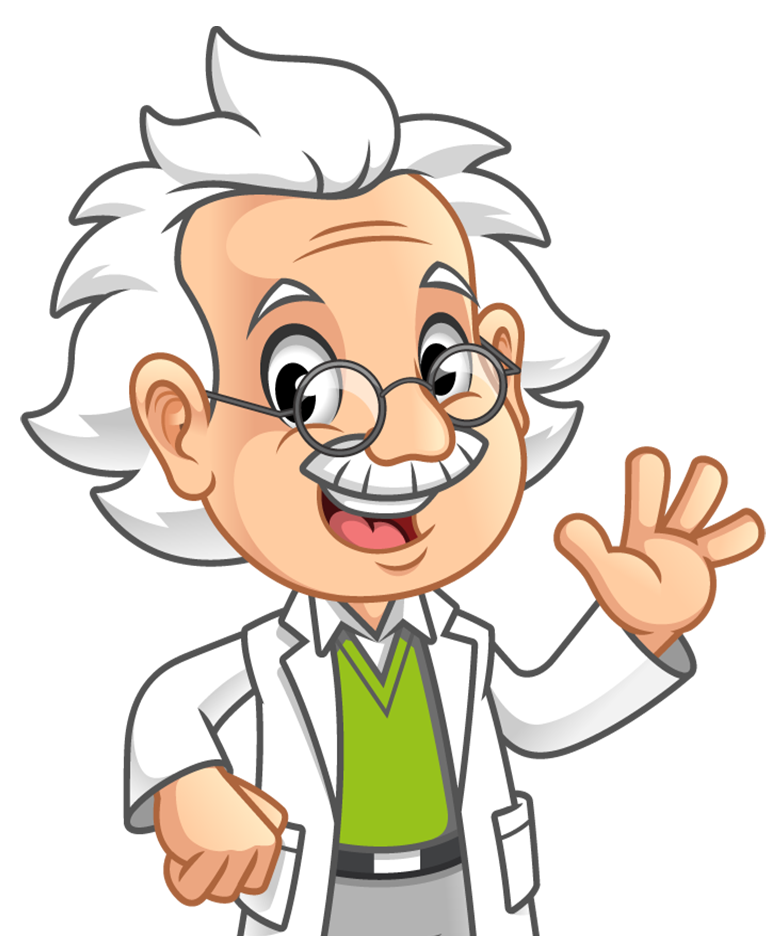Postpartum Chiropractic Care After Giving Birth to Your Baby
Have you ever wondered why more women are going to a chiropractor and looking after their health before and after giving birth? In a study done be Bergstrom et al. showed that 19.3% of women who had pregnancy related low back pain and pelvic girdle pain reported that after birth, they had no pain. 65.3% had recurrent pain and 15.3% had continuous pain. The vast majority (92.4%) of women reported that they had neither been on sick leave nor sought any healthcare services after 6 months postpartum. Women with continuous pain after 12 months postpartum reported a higher extent of sick leave and healthcare seeking behavior compared to women with recurrent pain.1
So why are the numbers so high when looking at recurrent pain and continuous pain postpartum?
The postpartum stage is termed the “fourth stage of labor” and has three distinct but continuous phases.2
The first phase (acute phase) involves the first 6-12 hours postpartum. The second phase is the subacute postpartum period which lasts 2-6 weeks where the body is undergoing major changes in terms of hemodynamics, genitourinary recovery, metabolism and emotional status- all due to a rapid decrease in hormones. Nonetheless, the changes are less rapid than in the acute postpartum phase and the mother is generally capable of self-identifying problems such as feelings of postpartum depression, postpartum blues or baby blues, birth-related post-traumatic stress disorder, postpartum psychosis, incontinence, low back pain, upper back pain, headaches and others just to name a few.2,3 The third phase is the delayed postpartum period which can last up to 6 months.
However, Romano et al. reported that some changes to the urinary system are much longer in resolving and some may never fully revert to the prepregnant stage.2
The urinary system and how it may be related to the spine and the brain
When looking at the urinary system, let’s take a deeper dive into why it has a much longer time to resolve or may never go back to the prepregnant stage.
The organs of the urinary system consist of the kidneys, ureters, urinary bladder and urethra.

These organs are innervated by nerves that are located in the spinal cord specifically at the lumbar spine and sacrum. The organs send signals through the nerves that goes up the spinal cord and reaches the brain which the brain will interpret those signals. Those signals will then travel back down through your spine via the nerves and go back into your organs.4

Because the spine has a huge role in how the nerves are traveling up and down communicating with the brain, it may affect the healing process of the urinary system postpartum. During pregnancy, the changes in spinal curvature may increase weight distribution to the breast and stomach as well as the flexible ligaments and soft tissues. As the weight distribution increases in the front part of the body, the center of gravity changes, which causes changes in posture. In particular, the curvature (lordosis) of the neck and lumbar spine is increased. In a study done by Yoo et al. showed that the lumbar spine curvature in the third trimester pregnancy was significantly greater in the pregnant women than in non-pregnant women.5 Therefore, as the body is trying to go back to where it was prepregnant stage, it may have a harder time because of the increased curvature of the low back during pregnancy.
What can the Boise and Nampa chiropractors do at Modern Chiropractic Center to help with healing postpartum?
The chiropractors at Boise and Nampa are not only specific in their care for pregnant mothers, they are also specific to postpartum mothers as well. We know that birth is not easy, but that does not mean taking care of your health after birth should not be easy either. We will be taking a thorough history of your pregnancy and birthing process to get to know what your body and what the baby went through. We will then do a thorough examination to see how the nerves may be affecting your body. Afterwards, we will have a sit down and talk about what we can do to help you in your journey with healing postpartum. At Modern Chiropractic Center, we are huge on being health advocates for you, your family and your healing!
When is the right time to go to Modern Chiropractic Center to get a consultation?
The best time is when you feel you are ready to start your healing journey. The vast majority come in during their pregnancy after doing research and seeing how much chiropractic care is beneficial to not only themselves, but their baby as well. A great number of mothers come in after they give birth with their baby to get them both checked by the chiropractors at Boise and Nampa. Regardless of when you come in to get a consultation, the team at Modern Chiropractic Center is excited to work and be here for you and your healing journey!






No comment